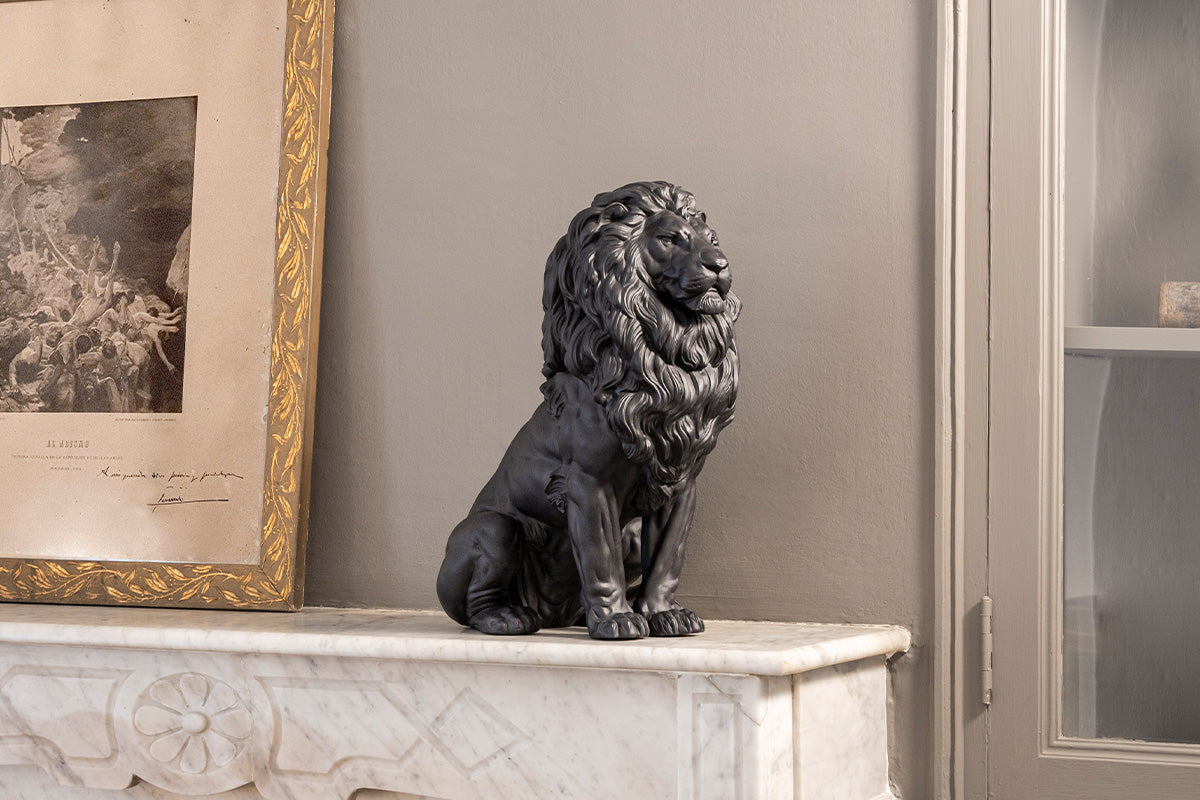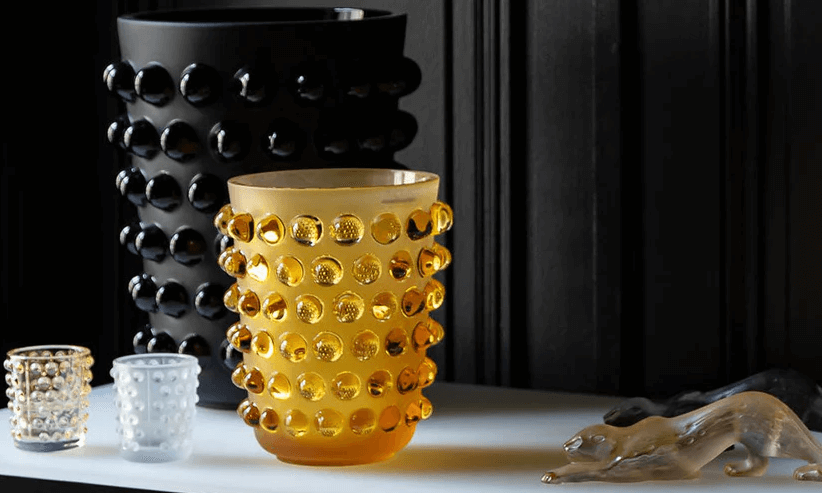Achieving Enlightenment: The Symbolism of Light in World Religions
Tagged with:Culture & Civilisation
Share
Did you know there are around 4300 religions practised in the world today? Light and the act of lighting lamps or candles are meaningful to followers of many religions across the world and have been used for many centuries by world religions to symbolise a belief or remind followers of their history.
Lladró’s Nativity Lithophane creates a warm atmosphere to celebrate the birth of Jesus Christ.
In Christianity, light has significance because it is symbolic of Jesus Christ, who referred to himself as ‘the light of the world’, as well as the metaphorical light of God’s love and his word. Christians also use candles in many religious ceremonies, and these uses may vary between denominations. For example, the Paschal candle is used during Easter as well as Baptisms to symbolise the acceptance of God’s light into one’s life. Candles are also used to decorate altars and churches, as a reminder of the persecuted Christians in the first centuries who celebrated Mass in secret, as well as a symbol of holiness. They also play a role in the blessing of ashes and palms, the dedication of new churches and cemeteries, the Masses of newly ordained priests, as well as all of the sacraments other than penance.
Like Christianity, light is also symbolic of God’s guidance in Islam. In fact, the Quaran is often referred to as ‘the light of God’ or ‘the Candle of God’. One Islamic holiday which uses light to celebrate is Eid al-Fitr, the celebration of the end of Ramadan, during which lights and candles are lit around Muslim homes to celebrate becoming closer to Allah. Lights are also used in the decoration of Islamic religious spaces, with the Dome of the Rock and al-Aqsa Mosque being lit by around 2000 candles and 5000 suspended lamps.
Lladró’s Ganesha Diya is ideal for a Hindu altar or Diwali celebration
In Judaism, light is the overarching metaphor for the Jewish understanding of reality. In the Tanakh or Jewish bible, metaphorical light is created by God before physical light, giving the concept great spiritual significance. Candles play a special role in the celebration of Shabbos or Shabbat, the Jewish sabbath. Shabbos candles are blessed and lit every Friday just before dusk in many Jewish households as a symbol of the holiness of the day, as well as to provide an atmosphere of calm and contemplation. In a similar way, the braided Havdalah candle is lit and blessed shortly after nightfall on Saturdays to mark the end of Shabbat and to pray that the holiness of the sabbath remains throughout the coming week. Lights and candles are also important in marking the holiday of Channukah, which celebrates the miracle of one day’s oil burning for 8 days, after the rededication of the temple by the Maccabees in the second century. The Menorah or Hannakiah is lit and placed in the window of a home to commemorate this miracle and share the light and warmth of the holiday with others.
The Lord Rama Lithophane is the perfect piece for a Hindu Altar.
Unlike the Abrahamic religions above, Buddhists do not view light as symbolic of any deity. Instead, they see light and candles as signs of respect and deference. The impermanent state of candlelight is called upon in Buddhist ceremonies to manifest change, especially during the Buddhist Lent. Buddhist monasteries in North-Eastern Thailand also celebrate a candle festival during this time of Lent, when large and ornately carved candles are paraded through the Ubon Ratchathani province.
The Om Lithophane can be used by followers of Dharma Religions such as Buddhism and Sikhism.
Within Hindu practice, light is seen as symbolic of the gods and goddesses, but also of the higher self, as well as qualities such as happiness, wisdom, and prosperity. Along with Sikhs and Jains, Hindus celebrate the festival of Diwali, a five day festival of light that sees homes and public spaces decorated with festive lights and fireworks displays. Different sects and cultures have different myths and reasonings for the holiday but universally these displays of light are said to scare away evil spirits and celebrate the triumph of good over evil.
The 1001 Lights Candles are inspired by the 1001 Tales of the Arabian Nights, which were written during the Golden Age of Islam.
Lastly, lights and candles are used within various Pagan practices and traditions. Lights are often used by Pagans to pay tribute or make offerings to various deities, or to symbolise the natural elements within an altar space. Candles can also help to provide a calm and focused environment for prayers or meditations. Although not universal among Pagans, many practitioners celebrate the winter solstice, the time when the sun returns and the days start to become longer again. This holiday shares many traditions with Christmas including the use of the Yule Log and red, gold, and green candles to symbolise and celebrate the return of the sun and light after winter.
Lladró has many candles and lamps which can be used for the celebration of holidays or the practice of religious traditions. We have many scented candles in our Echoes of Nature and 1001 lights collections which will create a calm environment for prayer or meditation, as well as the Lord Ganesha candle. Additionally, our lamps and dome lights can be used in place of candles, and our religious lithophanes in particular are ideal for an altar or prayer space. These are excellent for spaces where open flames are not allowed or when you want to leave your altar lit all day but are worried about the risks of leaving a candle unattended, as they contain a rechargeable LED light but still give the soft, warm glow of a candle votive.









